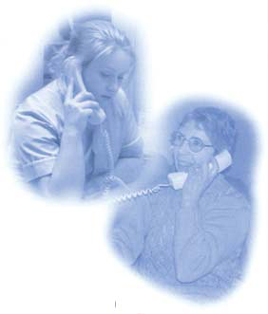
|
|
| Routinely screen every patient |
| Ask directly, kindly, nonjudgmentally |
| Document your findings |
| Assess the patient's safety |
| Review options and provide referrals |

|
|
|

|

|
Things that Nurses Can Say *"This is not your fault" *"No one deserves to be treated this way" *"I am sorry that you have been hurt" *"Do you want to talk about it?" *"I am concerned about your safety (and that of your children)" *"Help is available to you" |

|
Document the Findings *In the patient's chart *In the patient's own words *With a body map *With photographs, if possible *On the specific details Explain What Mom's Choices Are *Stay with the abusive partner and make a safety plan *Remove the abusive partner through arresting him or court orders *Mom leaves temporaily or permanently |
|

|

|
|